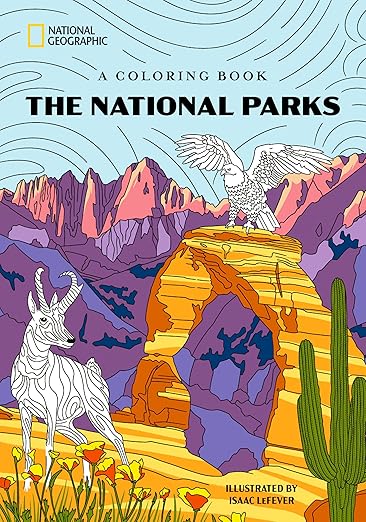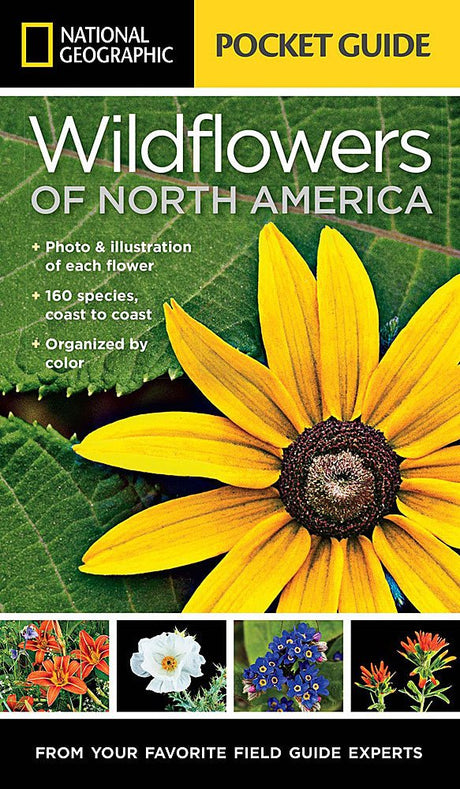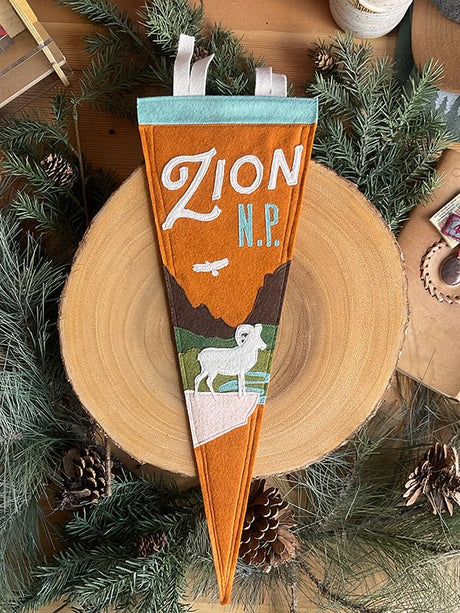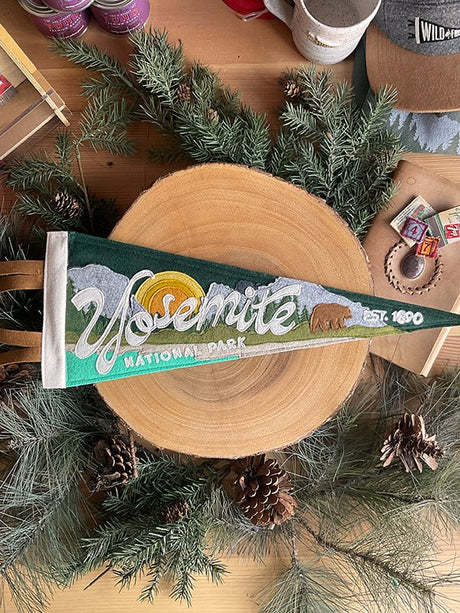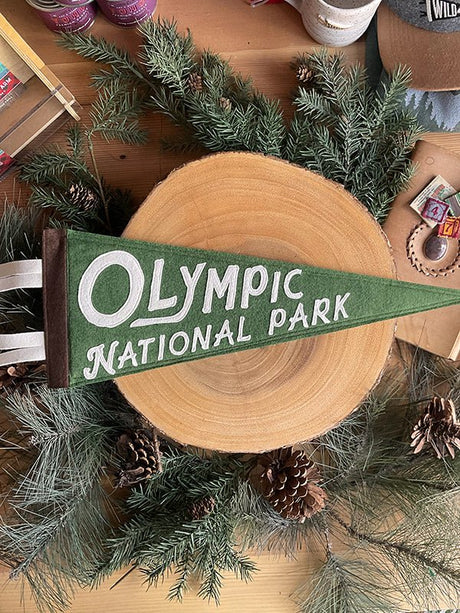Juneteenth is about freedom. But it’s also about the long road to get there — and the reality that the journey isn’t over. Every June 19th, we celebrate the day in 1865 when the last enslaved Black Americans in Texas were told they were free, more than two years after the Emancipation Proclamation.
But what does freedom really look like on the land? Who gets to hike the peaks, float the rivers, camp under the stars — and feel like they belong there?
The Tension Between Liberty and Land

America loves to talk about freedom. It loves wide-open spaces, majestic mountains, and "public" lands. But the truth is: Black Americans were excluded from that version of freedom for a long time.
- National Parks were segregated until the 1950s in the South.
- Black people were often unwelcome or unsafe in outdoor spaces, from parks to picnic areas.
- The stories told in parks rarely mention Black history — even when we were there all along.
Even now, we’re underrepresented. Black Americans make up about 13% of the U.S. population, but only around 6-7% of National Park visitors. That’s not by accident. That’s a legacy of exclusion.
Juneteenth and Reclaiming the Land

So what does Juneteenth have to do with public lands? Everything.
Juneteenth is about claiming what was promised. That includes land. That includes rest. That includes the right to exist outdoors — not just to survive, but to enjoy, explore, and just be.
Visiting a National Park on Juneteenth — or any day — can be an act of reclaiming space. Of saying: I belong here too. My joy belongs here. My history belongs here. My freedom belongs here.
The Work in Progress
There’s progress happening. The National Park Service is starting to tell more complete stories:
- Freedom Riders National Monument in Alabama
- Harriet Tubman Underground Railroad National Historical Park in Maryland
- Reconstruction Era National Historical Park in South Carolina
And outside the system, groups like Outdoor Afro and Black Outside, Inc. are creating new traditions and restoring old ones — because we’ve always had a relationship with the land, even if it wasn’t always recognized.
How to Honor Juneteenth on the Land

Here’s how to make it real:
- Go outside
- Tell the story. Share your family’s history. Read a poem. Bring your people.
Be joyful. Cook out. Play music. Make the park yours for a day.Visit a park that centers Black history — or one that doesn’t. Because you don’t need a reason to be there.Reflect. Juneteenth is not just a party. It's a pause. A moment to breathe and remember what was taken — and what was reclaimed.
Let the Land Hear You
Whether you’re on a mountain or a city block, in a national park or a neighborhood basketball court — the land remembers. It holds pain, and joy, and stories not yet told. This Juneteenth, let it hold yours.
Because freedom isn’t just a moment in time. It’s a practice. It’s a place. And sometimes, it looks like standing barefoot in the grass and knowing: this, too, is mine.
Want to find a public land site near you to visit on Juneteenth? Start at nps.gov or check out local city and state parks in your area — the ones that never make the postcards.




